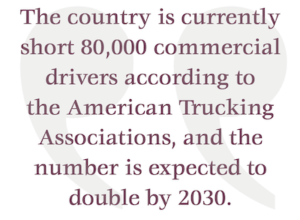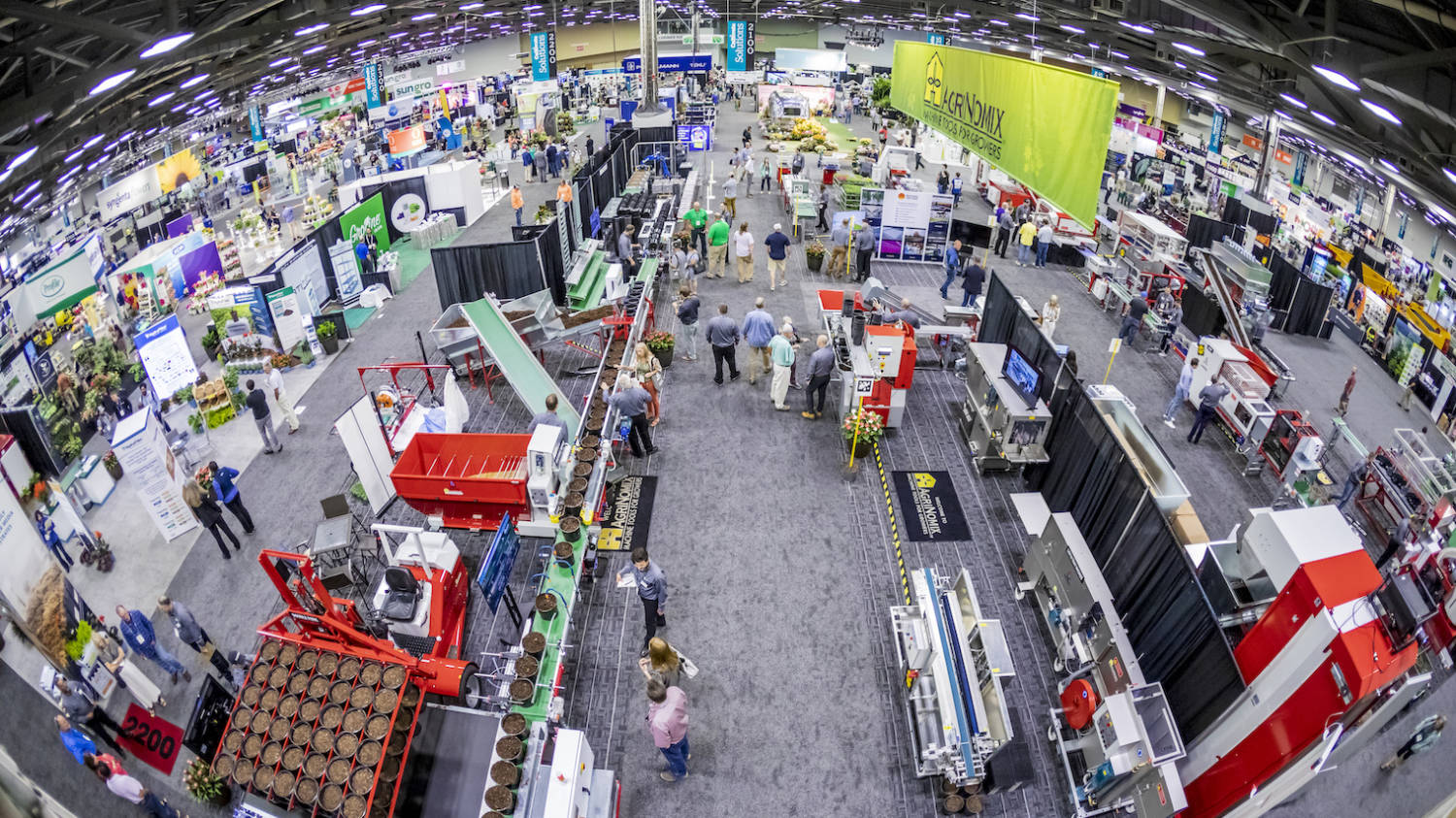
Legislation — The Road Ahead: Advocacy in 2022
Election years historically offer advoactes a narrow window of productivity in Congress before lawmakers’ attention shifts to their home front. In the November midterm election, all 435 House seats and 34 Senate seats will appear on ballots across the country — incumbents seeking another term would rather visit constituents back home than be bogged down in legislative sessions.
A notable exception to the rule was 2020, when the global pandemic spurred emergency relief amid a presidential election. Like many workplaces, Congress too adapted how they conduct business, which also contributed to the increased output — both chambers held remote committee meetings to advance legislation and House members could vote in absentia via proxy. Barring unforeseen events, however, we expect 2022 legislative activity to regress toward the mean for even-numbered years.
In December, lawmakers punted the Fiscal Year 2022 budget debate into February, opting to keep government open through the holidays under a temporary spending measure. Emergence of the omicron coronavirus variant also sparked talks on Capitol Hill of additional emergency spending to bolster our national response. The two near-term opportunities aside, the second session of the 117th Congress appears on- trend in terms of limited legislative activity to influence.
Meanwhile, we as an advocacy team will turn much of our attention to the Executive Branch, where the gears of government turn slowly, but inexorably. We expect to be active on a wide range of regulatory actions, offer technical assistance to policymakers, and leverage our grassroots strength to give horticulture and our members a voice in decision-making.
As we seek to shape outcomes in Washington, we also will help members anticipate the shifting policy landscape and optimize their business practices for success. AmericanHort members can expect to learn more details this year, but let’s briefly consider a few policy areas on which we expect to work.
Workforce
The H-2A program is growing by leaps and bounds, despite its challenges. Last year, a record 317,619 job opportunities were certified by the Department of Labor (DOL) to be filled by an H-2A worker. Yet, the challenges are real and growing, too.
We are seeing more and more hostile actions by DOL questioning applicants’ seasonal need and to limit experience requirements in job orders, among other concerns. Plus, storm clouds on the wage front, as we’re looking at steep H-2A wage increases in many states, and a new rule that could be finalized late in 2022 specifying even higher wages for certain specialized job duties like truck driving or on-farm construction. We’re right in the middle of efforts to coordinate and advance response strategies, but expect a tough and expensive program to grow more so.
 There is still a slim chance Congress will legislate on ag labor. Last March, the House passed the Farm Workforce Modernization Act, which featured quite a few improvements (plus a few things we don’t like). A Senate negotiation started last summer but stalled when Democrats decided to try to use the budget reconciliation process to move a broad legalization.
There is still a slim chance Congress will legislate on ag labor. Last March, the House passed the Farm Workforce Modernization Act, which featured quite a few improvements (plus a few things we don’t like). A Senate negotiation started last summer but stalled when Democrats decided to try to use the budget reconciliation process to move a broad legalization.
As 2021 concluded, that effort was still underway. If it fails, we could still see a limited effort to move a package of border and asylum reforms, relief for DREAMers, and an agricultural piece. We really need legislative relief, but the odds are not so good, given political gridlock and foot-dragging by some farm groups.
We’ll also be working on an avalanche of health and safety-related measures ranging from vaccination requirements to a possible new heat illness standard. A mix of offense and defense, to be sure.
New Crop Insurance Option
At any given time, AmericanHort and our Horticultural Research Institute foundation are working to resolve several high-consequence plant pest and trade challenges that can disrupt the greenhouse and nursery supply chain. Rarely do disease introductions in the United States occur thanks to the vigilance of the industry and our regulatory partners confirmed detections may lead to costly loss or destruction of exposed plants. A new crop insurance policy under development by the USDA could help greenhouse growers manage this financial risk.
The 2018 Farm Bill asked USDA to study the viability of a policy based on the risk of plant disease outbreaks, particularly cases that trigger federal or state quarantines or destruction orders. Senator Debbie Stabenow, chair of the Senate Agriculture Committee, championed the requirement, citing the financial strain on growers caused by the outbreak of Ralstonia solanacearum race 3 biovar 2 (RSr3b2) in 2004. AmericanHort partnered with the Michigan Greenhouse Growers Council to support the Senator’s initiative, implementation of which received even greater priority following another RSr3b2 emergency program in 2020.
AmericanHort closely followed the research phase of implementation last year, which culminated in a decision by USDA to develop insurance coverage. In November, USDA approached AmericanHort for technical assistance with their disease risk assessment and insurance pricing model. The advocacy team, along with our members who convened in support of the project, provided expert feedback over a series of meetings on pest and disease controls to further USDA’s understanding of greenhouse industry practices, which we hope will ultimately contribute to a more affordable risk management tool for growers.
USDA expects the product will launch on a pilot basis in late 2022, with coverage initially available in a limited number of counties during the 2023 growing season. Several steps of policy development and approval remain, including a decision about where in the country to offer the coverage. AmericanHort will remain engaged throughout the process and looks forward to educating members about how this new tool may fit into their overall risk management strategy.
Climate-Smart Agriculture
During his first week in office, President Biden signed an Executive Order for federal agencies to prioritize tackling the climate crisis at home and abroad. Within the first 100 days, USDA compiled stakeholder input on sustainable agriculture into a climate-smart agriculture and forestry strategy. In general, the strategy supports the following objectives:
1. more efficient use of energy, water, fertilizer, pesticides and other production inputs;
2. expansion of renewable energy sources;
3. adoption of emission-lowering equipment and practices; and
4. standardized measurement of carbon sequestration and
development of carbon markets.
While growers broadly share these objectives, USDA learned by soliciting public feedback that many find the financial and technical barriers to entry overwhelming. Using his existing authority to facilitate agriculture production and marketing (same authority used previously to fund portions of USDA’s pandemic relief), Secretary Vilsack is developing financial incentives and technical assistance for agriculture to adapt climate-smart practices — initially on a demonstration project basis, and then through permanent programs. AmericanHort is focused on positioning our industry to access these programs.
Supply Chain Resiliency
Issues within the supply chain will most likely continue into 2022, with AmericanHort on the lookout for legislation and proposals to ease the pain points that horticulture business owners are facing.
In February, the Biden administration issued an executive order directing numerous federal agencies to secure and strengthen America’s supply chains. This order tasked the agencies to identify supply chain vulnerabilities in their domain and make recommendations to address these risks. Many relevant agencies to our industry have yet to release their findings but will likely do so in the coming months.
The Biden administration has also taken additional relief measures to include allowing ports to redirect other federal funds to ease backlogs, 24-hour operation at ports, and easing the process of obtaining commercial driver’s licenses.
AmericanHort will continue to focus on measures to increase the pool of commercial drivers in the U.S. The country is currently short 80,000 commercial drivers according to the American Trucking Associations, and the number is expected to double by 2030 due to expected retirements.
The Department of Transportation will soon roll out a three-year pilot program for the youngest commercial drivers aged 18-20 to drive beyond state lines, if these drivers complete an apprenticeship-type program. Contained in the bipartisan infrastructure bill, this program is derived from the DRIVE Safe Act, a legislative priority for AmericanHort in 2021. Although not a complete solution, experts believe that it will entice young drivers to make commercial driving a career.
Predominately because of the experience of our professional team and the coalitions in which we participate, AmericanHort exercises significant advocacy leverage for our industry. We continue to deepen investment in resources and capabilities to address key advocacy issues important to the success of our member-business owners while protecting the industry from potentially harmful effects of legislation and government regulation.
In the coming year, we look forward to helping your business navigate the risks and opportunities in Washington. Our ultimate success depends on your support; as the adage goes, complaining is free; everything else costs money!









 Video Library
Video Library 


















